What Is Asexuality? Meaning, Spectrum, and Identity Explained
In scientific terms, asexuality is a sexual orientation characterized by a lack of sexual attraction to others. It exists on a spectrum and includes a range of identities where people do not experience sexual attraction, regardless of their emotional connection, gender identity, or biological sex.
Key Takeaways
Olgha Rybak (she/her) is Fiorry's Chief Editor, where she executes and operates in a writer, editor, and content creator capacity. At university, she studied English language and literature but found she loved psychology almost as much. Olgha is an industrious content creator as well as a committed team leader, with a unique perspective into the complicated nooks and crannies of human behavior and communication. As a hobby, Olgha translates literature, passionately reading and seeking out stories that she'll be completely absorbed by.
Introduction
Asexuality refers to people who experience little to no sexual attraction. It is one of many valid sexual orientations, and understanding it helps dismantle stigma and misinformation. Recognizing asexual identities is crucial not only in romantic relationships or personal life but also in creative fields like art and music, where identity often informs expression.
This article explores the definition of asexuality, its diverse spectrum, historical context, and its growing visibility within society. It also highlights how asexual people navigate life, romantic orientation, and emotional attraction without conforming to traditional ideas of sexual desire or sexual behavior.
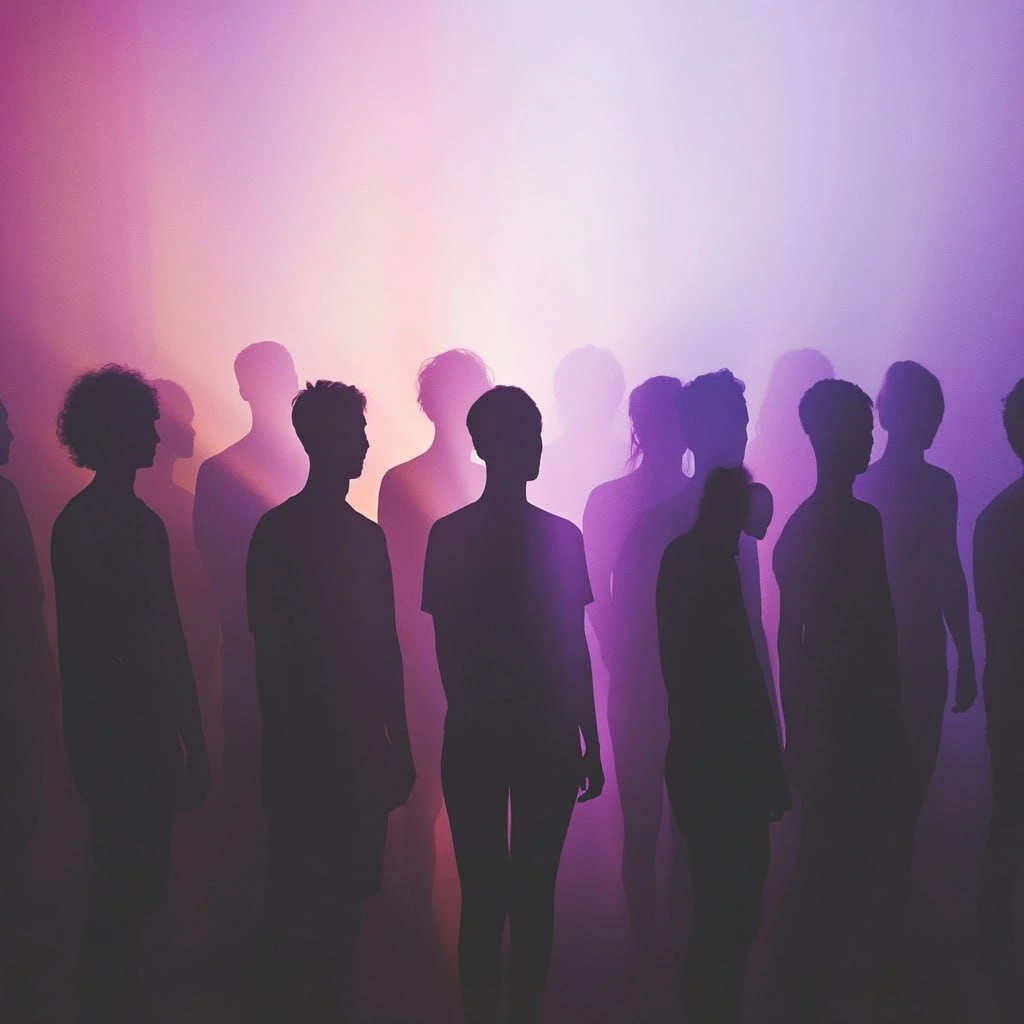
Defining Asexuality
Asexuality is a legitimate sexual orientation, not to be confused with low libido, celibacy, or hypoactive sexual desire disorder. An asexual person may still form intimate relationships, experience emotional attraction, or desire romantic connection, but they do not feel sexual attraction toward others.
The asexual spectrum includes identities like gray asexual and demisexual, where people may feel sexual or romantic attraction only under specific conditions. Asexuality doesn’t necessarily mean avoiding sexual activity or sexual relationships; it focuses on a person’s internal experience rather than their sexual behavior.
Common misconceptions suggest that asexual people are emotionally cold or incapable of being in love—but many are deeply connected to their romantic partner, forming relationships based on emotional connection, aesthetic attraction, or sensual attraction.
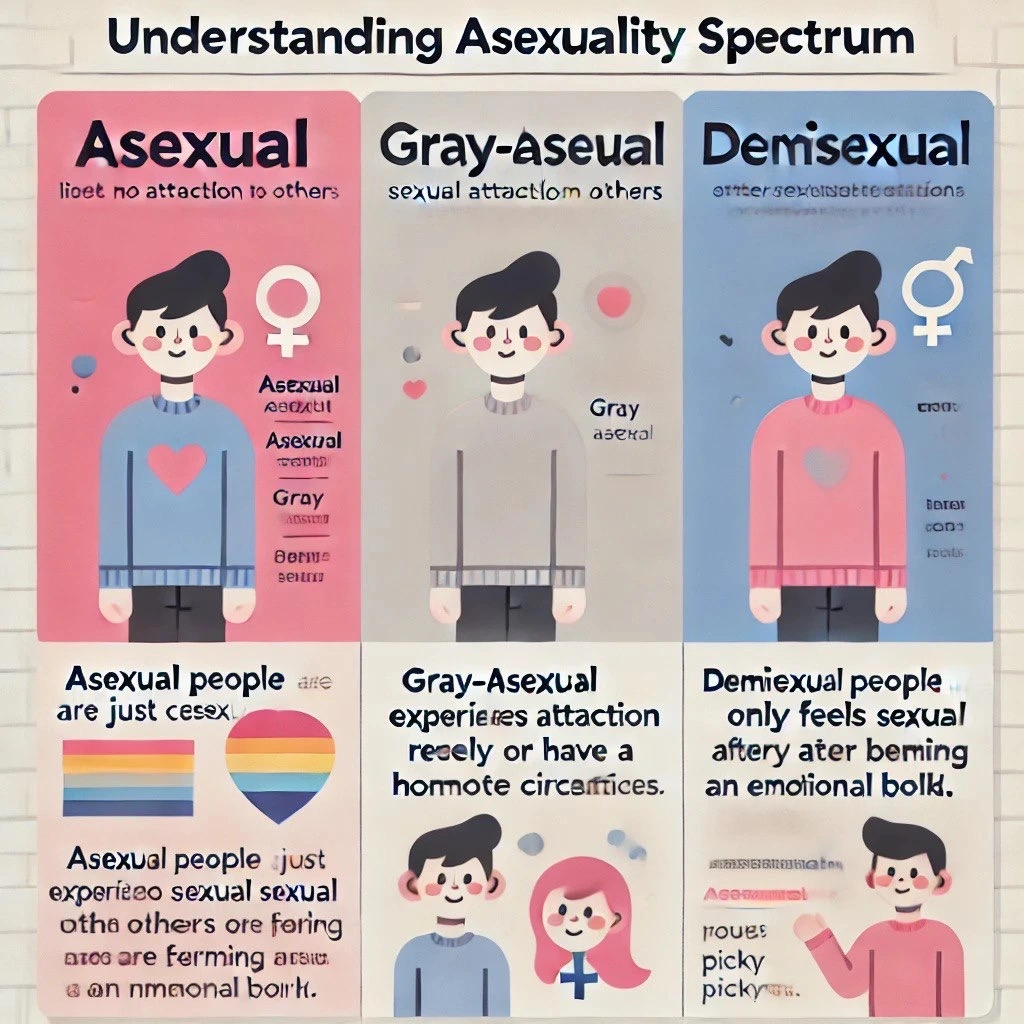
The Asexual Spectrum
The asexual spectrum captures a wide range of identities and experiences. For example:
- Gray-asexual people may occasionally experience sexual attraction, but it’s rare or context-dependent.
- Demisexual people only feel sexually attracted after forming a strong emotional bond.
- Aegosexual (also called autochorissexual): People who may enjoy sexual content or fantasies but feel disconnected from the idea of participating in sexual activity themselves.
Others may identify as romantic, aromantic, or non-romantic, depending on whether they desire romantic relationships. Some may identify as asexual but still engage in sexual or non-sexual relationships for various reasons, including emotional closeness or religious reasons.
This diversity within the ace community shows that asexuality is not a fixed identity. It’s a fluid space where each person defines their own experience with sexual desire, romantic orientation, and forms of attraction.
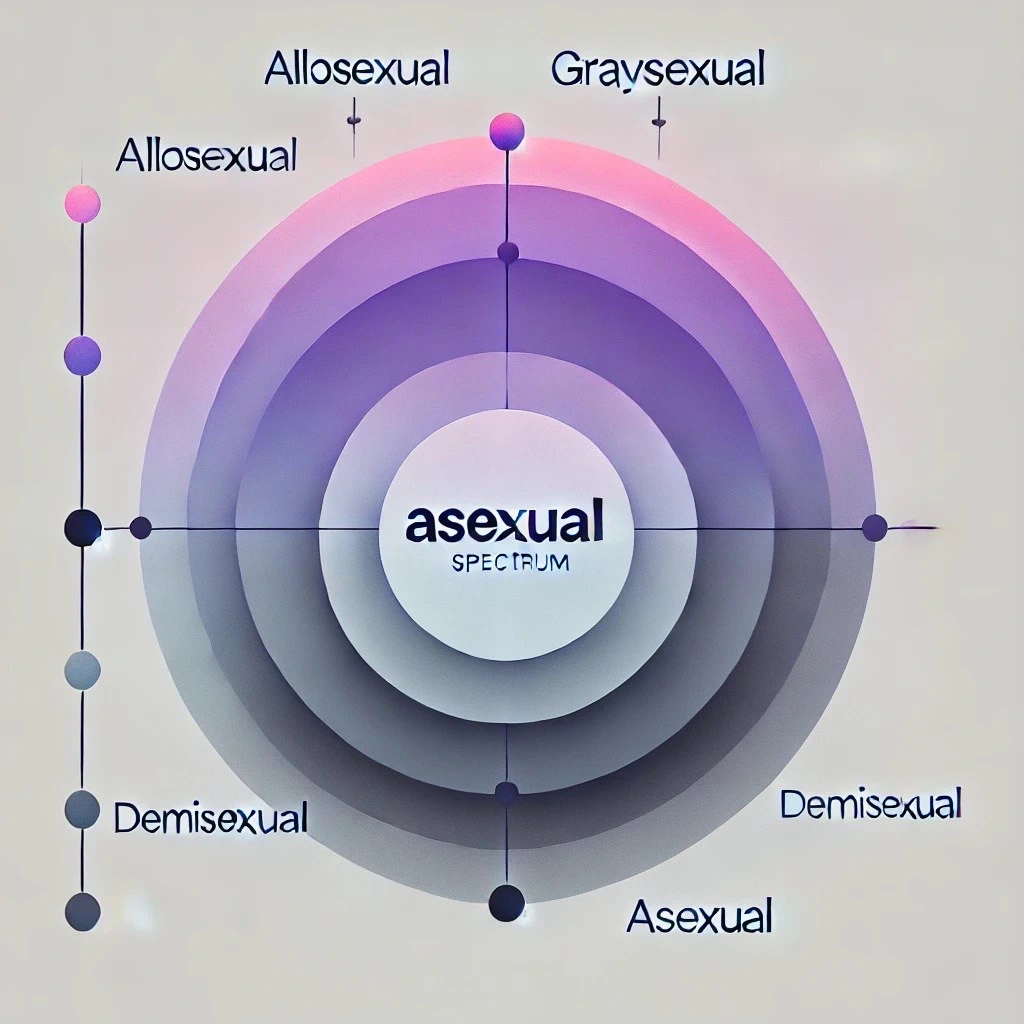
Historical Perspectives
In earlier decades, asexuality was either overlooked or pathologized. It was often misclassified as a disorder or abnormality, such as hypoactive sexual desire disorder, especially when people didn’t fit societal norms of desiring sex or having sexual experiences.
Medical literature historically ignored asexual identities, failing to distinguish between those who lack sexual attraction and those with low sex drive due to health or trauma. As a result, many people were mislabeled or misunderstood for decades.
However, in recent years, there has been a shift in understanding, with a growing body of research and advocacy efforts helping to validate asexuality as a legitimate sexual orientation.
This evolution has increased acceptance and visibility for the asexual community, contributing to a more inclusive view of human sexuality..
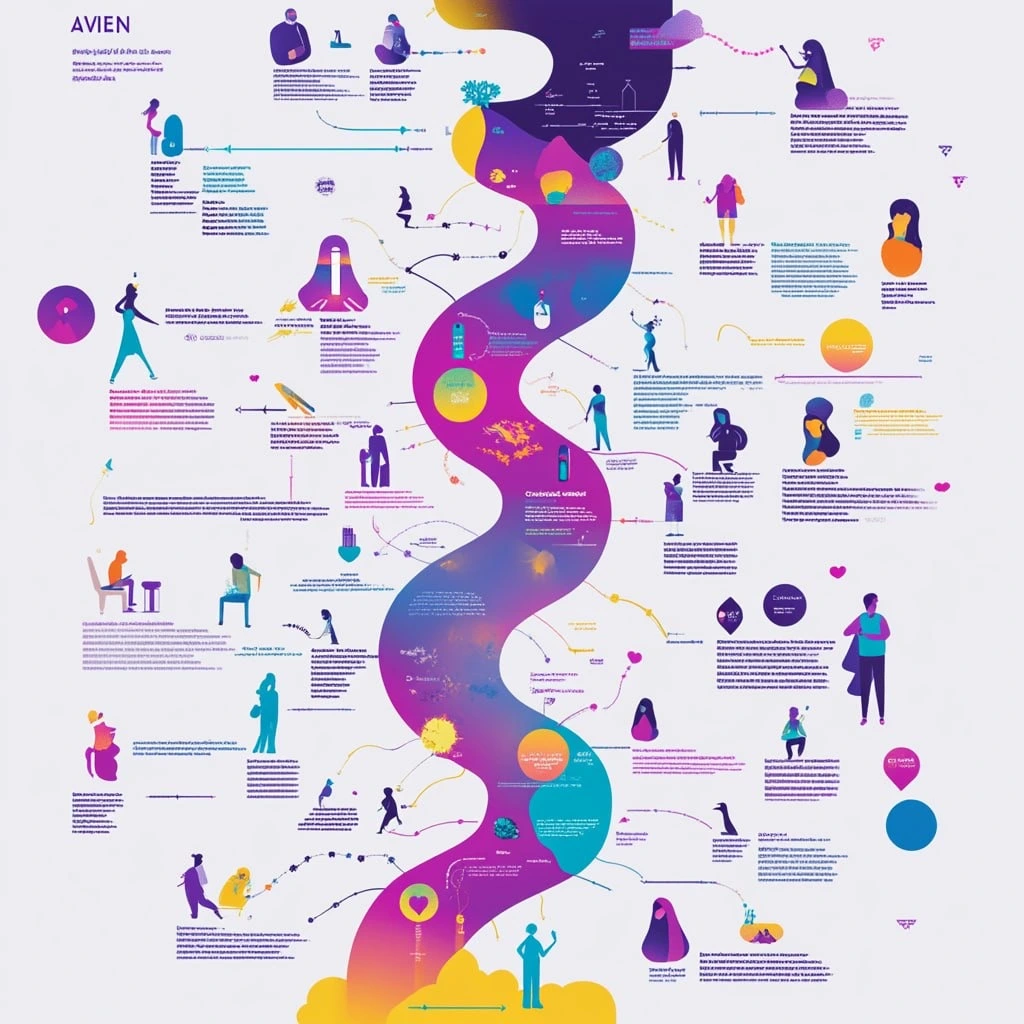
Cultural and Social Shifts
With the rise of LGBTQ activism and online communities, the asexual community began to organize and find visibility.
Platforms like AVEN (Asexual Visibility and Education Network) and hashtags such as #asexuality have empowered people to tell someone about their identity, fostering understanding of asexuality.
Today, more people know how to define asexuality, ask what is asexual, ask why people are asexual, or wonder if I’m asexual. These conversations help normalize a broader range of sexual orientations, giving space to those previously erased from the narrative.
The split attraction model, which separates sexual and romantic attraction, has further clarified how asexual people experience intimacy and romantic attraction without needing sexual contact.
If you’re seeking meaningful connections within the LGBTQ+ community, meet transgender people near you and expand your support network.
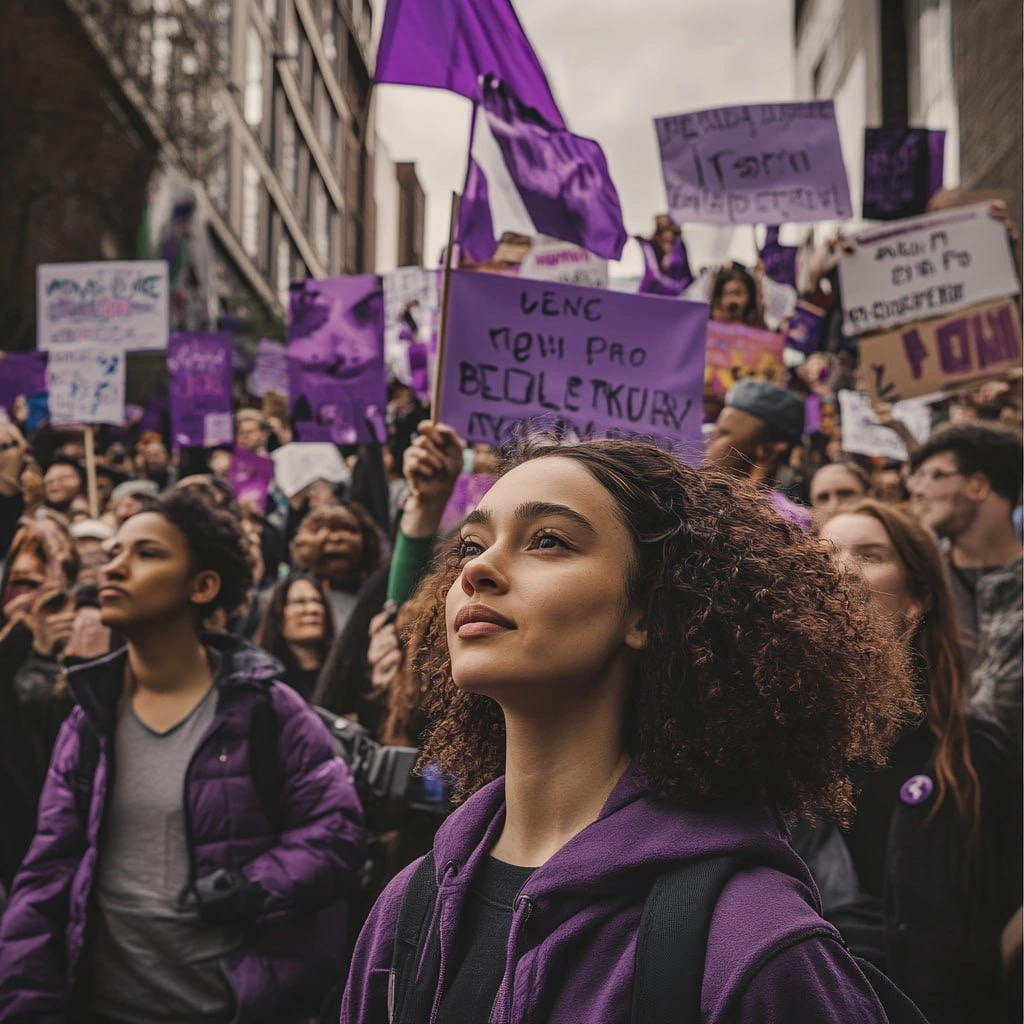
Asexuality in Art and Media
Asexual characters and themes are slowly gaining recognition in literature, film, and visual arts. Though still limited, positive portrayals are helping more people understand what it means to identify as asexual.
Characters like Todd Chavez from BoJack Horseman and films like The Half of It have sparked important conversations by depicting asexual experiences in relatable and thoughtful ways. These stories show that asexual people feel deeply, form strong emotional connections, and live full, nuanced lives—challenging the notion that intimacy must involve sexual attraction.
Despite progress, a lack of representation remains. Including asexual perspectives in creative work does more than fill a gap—it enriches cultural dialogue, promotes empathy, and helps others feel seen.
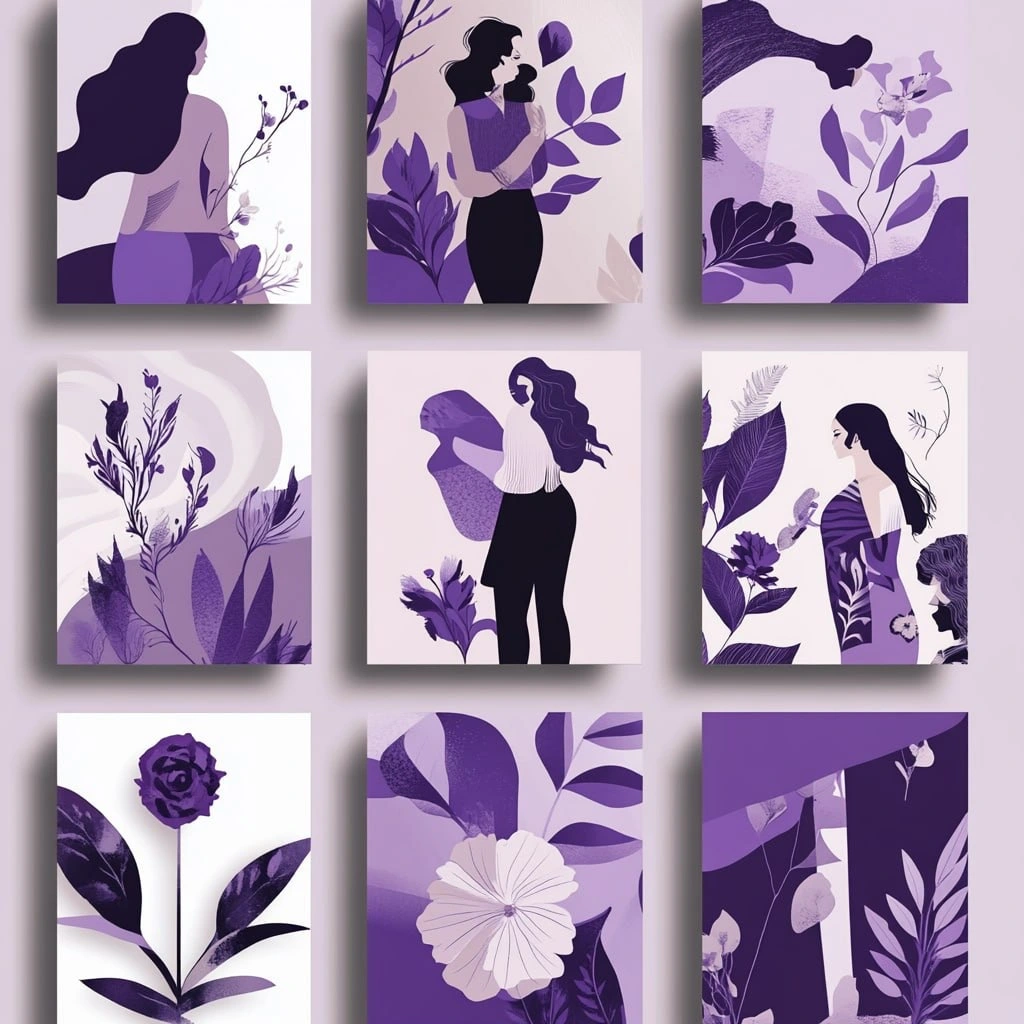
Challenges in Representation
Despite recent progress, media often falls into harmful tropes when portraying asexual identities.
Common tropes include the emotionless loner, the “broken” partner who needs to be fixed, or the socially awkward outsider incapable of love.
These depictions are not only misleading but also damaging, reinforcing the idea that asexual people are somehow incomplete or incapable of meaningful human connection.
Such narratives perpetuate stigma and make it harder for real people to come out or be understood. They reduce the diversity of human sexuality to a narrow script that leaves asexual people out entirely.
To move forward, creators and media professionals should collaborate with asexual people, ensuring accurate and respectful stories. When done right, media can dismantle old myths and build space for authentic, inclusive storytelling.
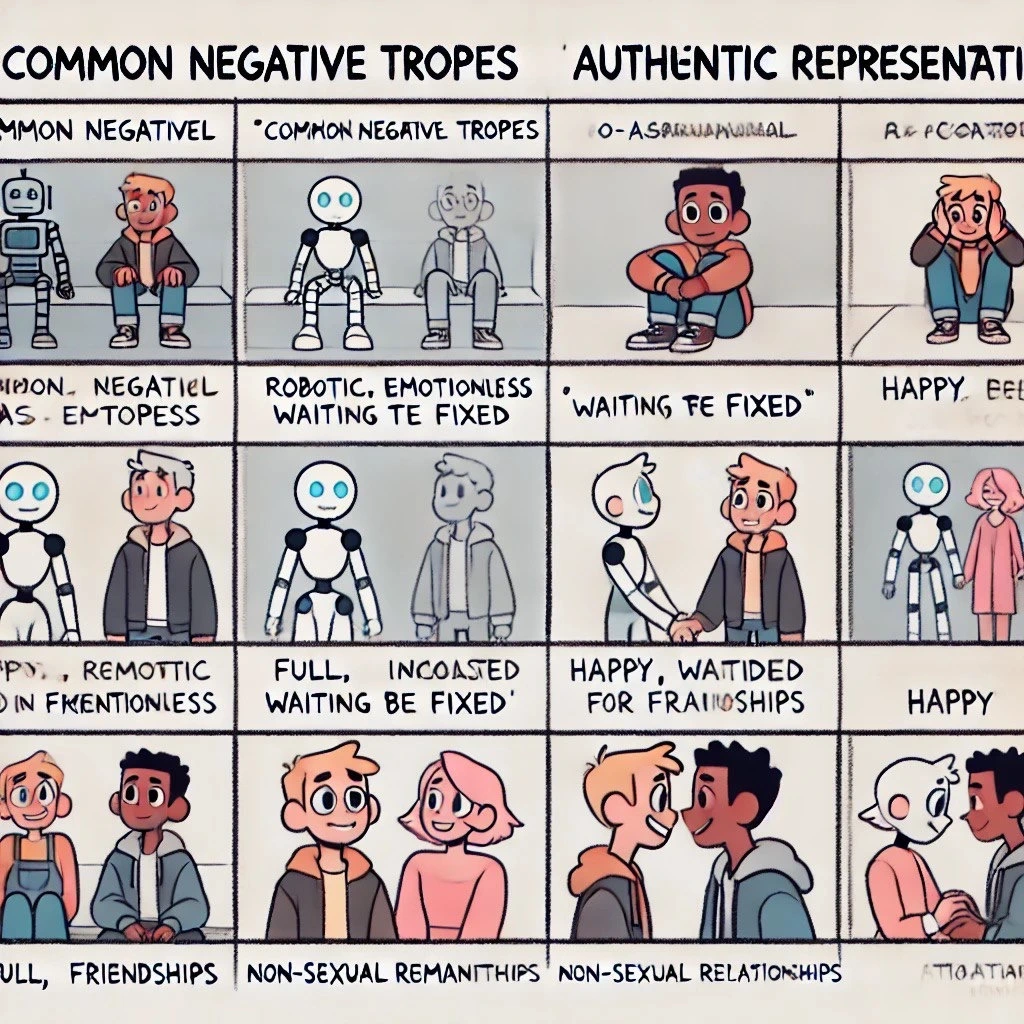
Asexuality in the Music Industry
The music industry is heavily saturated with themes of sexual attraction, romantic longing, and physical desire. These themes often dominate lyrics, marketing, and public image—creating a culture where sexual expression is not only expected but often required. For asexual musicians, this can present real challenges.
Few public figures in music have openly identified as asexual, though visibility is slowly improving. Artists like Yasmin Benoit, a model and activist, have used their platforms to advocate for asexual representation, including within music and entertainment.
The lack of mainstream examples doesn’t mean asexuality has no place in music. On the contrary, songs rooted in emotional attraction, platonic bonds, or personal growth show how diverse human connection truly is. Supporting artists of all orientations strengthens the creative field and reflects the complexity of real life.
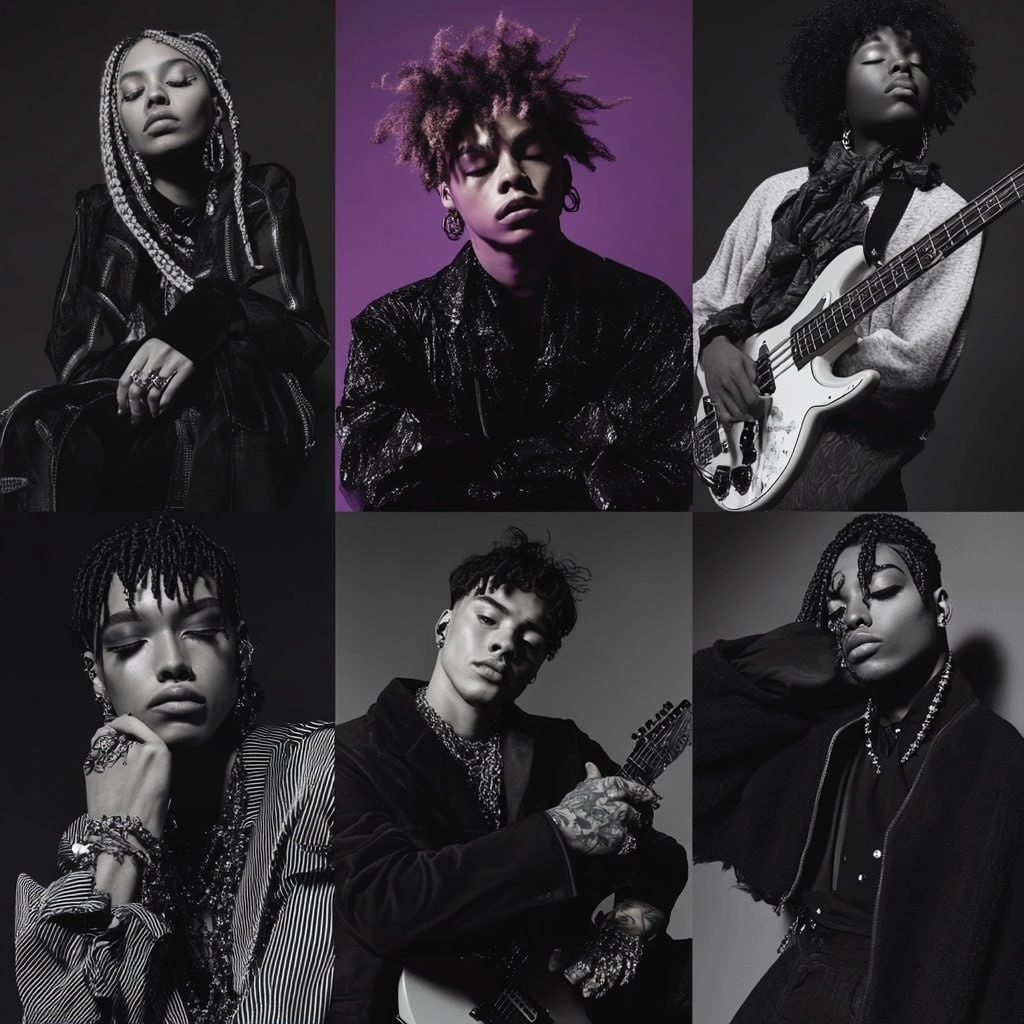
Challenges for Asexual Musicians
Asexual musicians face industry pressures to sexualize their image, even if it feels inauthentic. Marketing often relies on romantic or seductive branding, sidelining artists who don’t align with this image.
Some may also feel forced to write about romantic or sexual attraction, despite not experiencing it personally.
This creates a tension between personal authenticity and commercial success, leading some artists to hide their identity to fit industry molds.
Breaking this cycle requires broadening industry norms. Music should be a space for all voices—not just those who sing about sex or love. Asexual artists deserve space to tell their stories on their own terms.
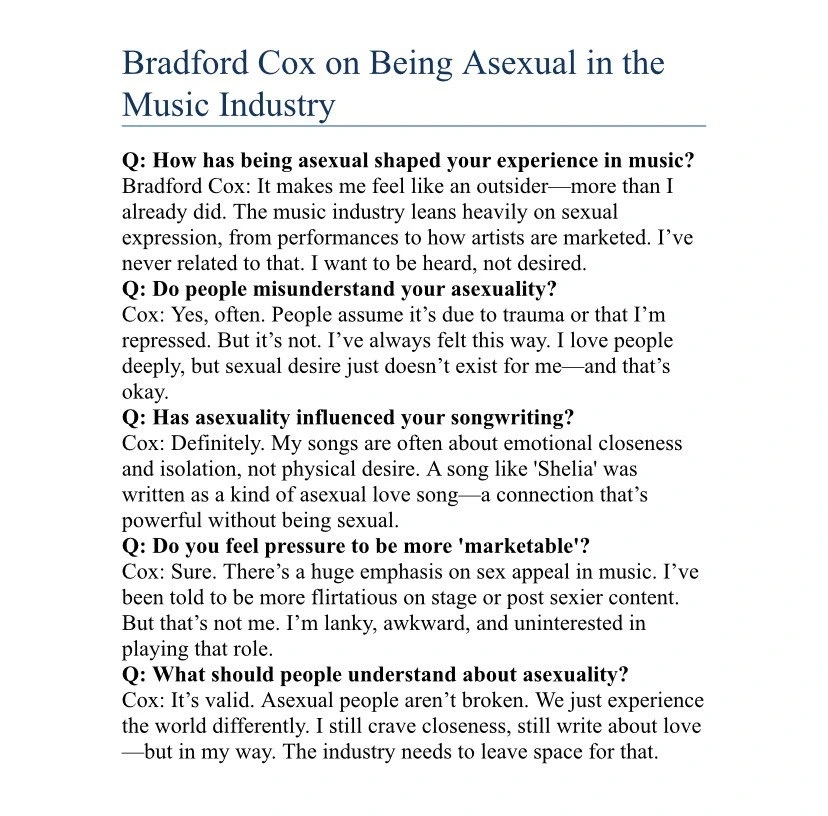
Common Misconceptions
Many believe asexual people are incapable of love, intimacy, or connection. This is false. Many form strong romantic relationships, experience aesthetic, emotional, or sensual attraction, and live deeply connected lives.
Another myth is that asexuality is the same as being celibate. Celibacy is a choice to abstain from sexual activity, often for religious reasons. Asexuality is an inherent orientation—it’s about a lack of sexual attraction, not a personal vow.
Another false belief is that asexuality is caused by trauma, illness, or a hormonal issue. While these factors can affect libido, they are not the same as being asexual. Asexuality is not a condition to be cured. It is simply one way of experiencing the world, just as natural and legitimate as any other orientation
Others assume that asexual people must be lonely or repressed. In reality, many have rich support systems, strong friendships, and deep partnerships. They may seek non-sexual, non-romantic relationships or connections defined by mutual respect and emotional understanding.
Dispelling these myths fosters respect and acceptance, both in personal relationships and creative spaces.
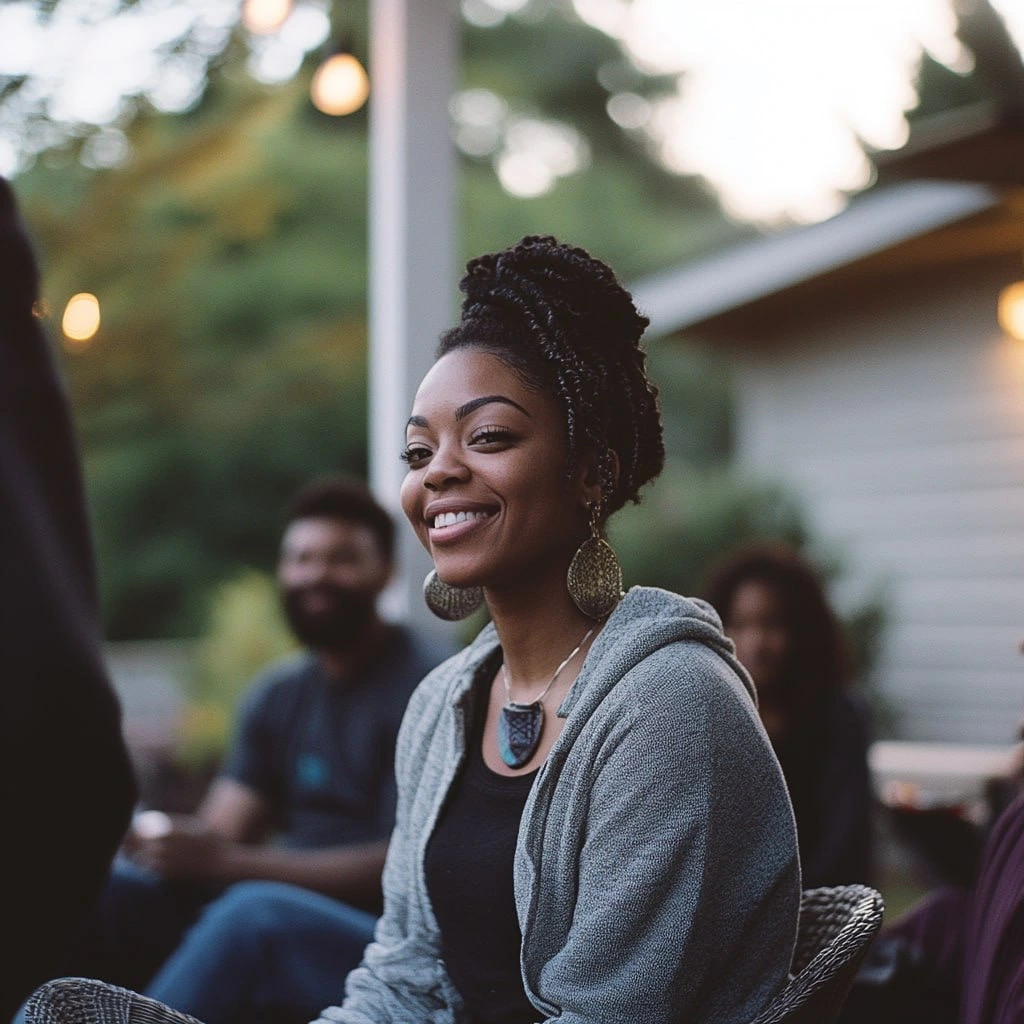
Conclusion
Asexuality is a valid and deeply human sexual orientation defined by little or no sexual attraction. It exists on a spectrum—from gray-asexual to demisexual—and includes a wide range of experiences, desires, and identities.
Representation matters. When asexual people are included in art, media, and music, it breaks down myths and reshapes how society understands sexuality. These stories show that human connection doesn’t always center on sex—and that’s something worth celebrating.
We all benefit from a world where everyone feels seen. Keep listening, keep learning, and keep making space for voices across the full spectrum of human experience.
Ready for real, identity-affirming connection? Start dating trans people on Fiorry, a space that respects who you are.

We are all different flowers in the garden of life
FAQ
Q: How to Know if I’m Asexual
A: If you don’t feel sexually attracted to others, you might be asexual. Asexual people can still have emotional or romantic connections but don’t experience sexual desire. If you don’t want sex or only engage in it for other reasons, this could be a sign. Take your time to reflect on your feelings to understand your own experience.
Q: Can an asexual person be gay or lesbian?
A: Yes, an asexual person can still identify as gay or lesbian. Asexuality refers to a lack of sexual attraction, but it doesn’t determine romantic attraction. For example, an asexual person might be romantically attracted to people of the same gender (making them gay or lesbian) without feeling sexual attraction. Sexual attraction and romantic attraction are separate, and both can exist in different ways for different people.
Q: Can Asexuality Change Over Time?
A: Asexuality is different for everyone. While some people might identify as asexual for life, others may experience changes in their feelings or attraction over time. It’s important to understand that sexual orientation, including asexuality, can be fluid, and people may experience it differently throughout their lives.
Q: Can Someone Be Asexual and Still Have Sexual Relationships?
A: Yes, an asexual person can still engage in sexual relationships. While they do not feel sexual attraction, some asexual people may engage in sex for reasons like pleasing a partner or for procreation, even though they don’t experience sexual desire themselves.

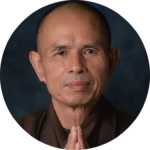

Musician
Pablo Casals
Music is the divine way to tell beautiful, poetic things to the heart